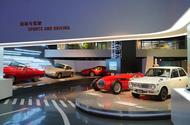China’s car industry is only around 70 years old, but its first auto museum is not short of icons
China has only been making cars since the 1950s, but its short homegrown history is rich and varied, as the Shanghai Auto Museum reveals
Opened in 2007, the Shanghai Auto Museum proudly trumpets that it’s the first dedicated car museum in China.
Inside the stunning building, more than 70 cars trace the history of the automobile, ranging from early machines such as the Benz Patent-Motorwagen and Ford Model T, pioneers like the Mini Cooper and Volkswagen Beetle, and classic sports cars including the Porsche 911 and Ferrari Testarossa.
But interspersed with those are exhibits that showcase the remarkable growth of the car industry in China. It’s an industry that didn’t exist until the 1950s, when the first car firms were established as part of Mao Zedong’s first five-year plan. Even then, production was mainly limited to vehicles (based largely on Soviet Union machinery) for government officials. As recently as 1985, China’s annual car output was just 5200 units. When the government began to encourage private car ownership, that changed fast: last year, China produced more than 28 million cars.
So forget the Alfa Romeo Giulia, BMW Isetta 300 and Jaguar E-Type: here are the real star cars of the Shanghai Auto Museum.
1983 Shanghai Volkswagen Santana
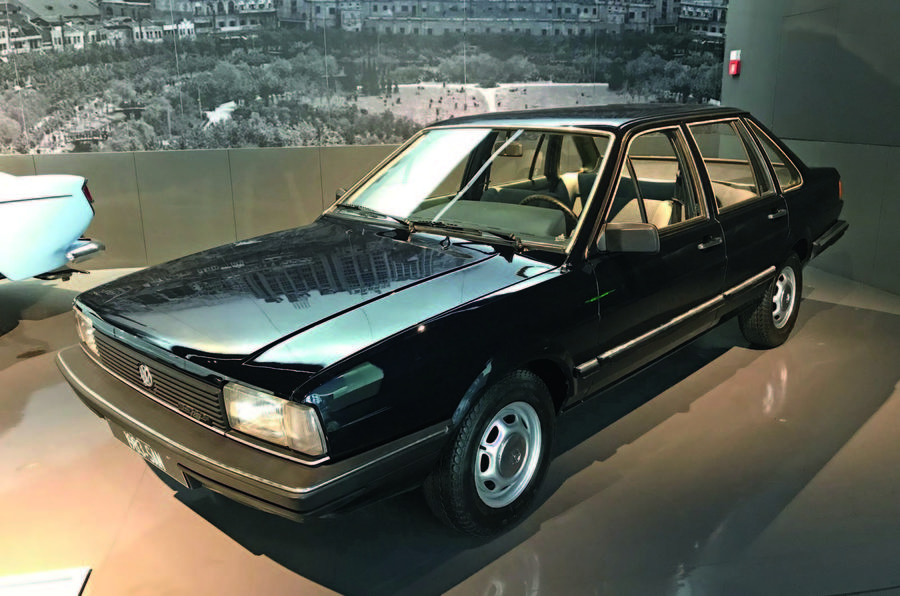
The car that changed China. In 1982, the Shanghai Tractor and Automobile Industry Company (now SAIC) signed a joint venture with VW to build the latter’s models in the country. Made in Anting, the Chinese-built Santana launched in 1983, starting a trend of joint ventures that continues to this day.
1903 Oldsmobile Curved Dash

The world’s first mass-produced automobile, this was one of the first cars to be imported into China, with Shanghai-based dealers selling them from 1903 onwards.
1965 Beijing BJ212
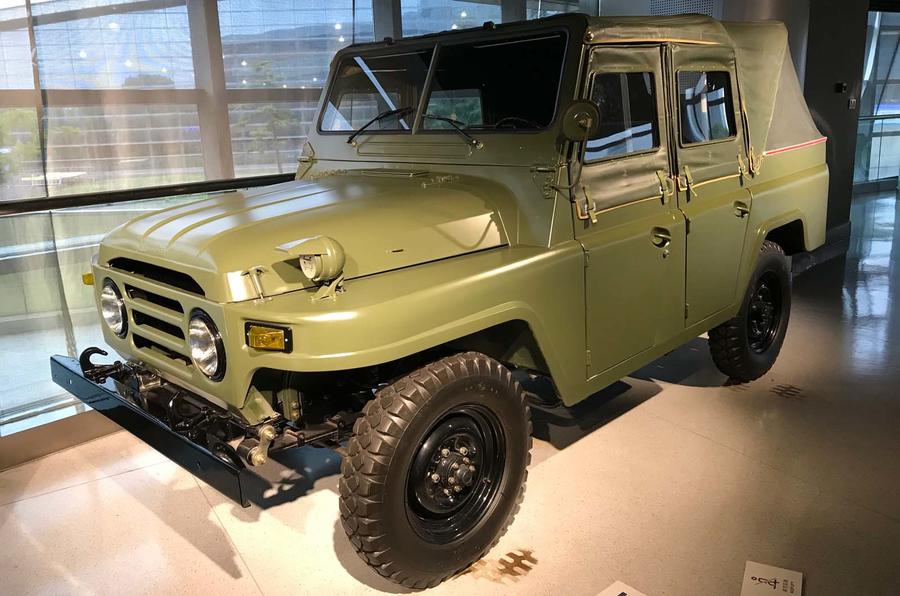
When changes in the Sini-Soviet relationship meant China stopped importing the GAZ 69 truck in the 1960s, Beijing Automobile Works was tasked with producing its own version. The BJ212 went into production in 1965 and, now known as the BJ2020, is still being built today in military and civilian form.
1974 Hongqi CA770
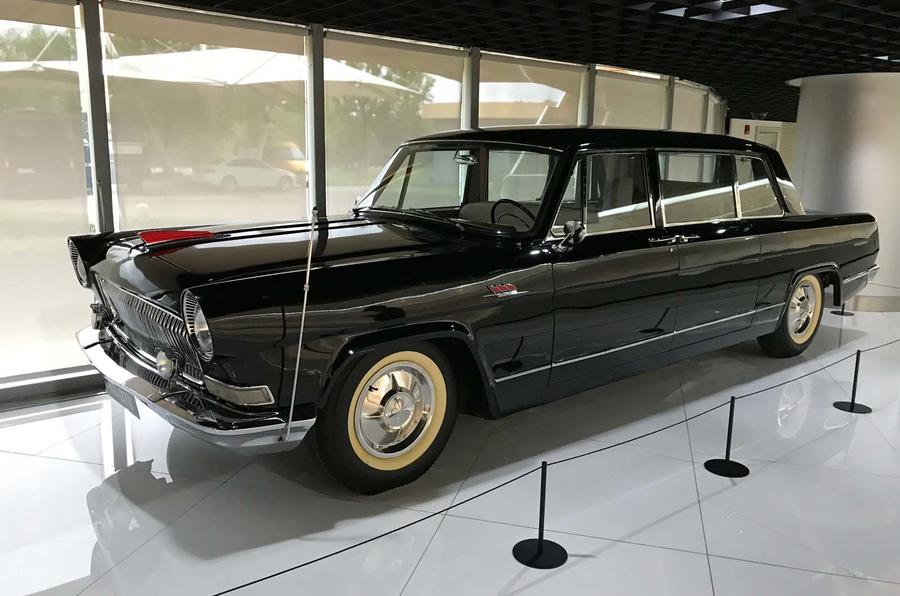
The successor to the CA72 was, according to the museum, “the pride of a Chinese generation”. With a platform based on a Chrysler Imperial, it spawned variants, including a three-row stretched version and a pick-up. Around 1600 were made in total, from 1963 until 1981. Early on, many parts were taken from a Lincoln Town Car, but by the end, most were from the Peugeot 504 and Audi 100/200.
1988 Polski-Fiat 126P

Produced by Fiat’s Polish partner, this was one of the first family saloons to be imported into China when the country’s economic reform began. A popular choice of taxi drivers, the 126P was dubbed ‘the small one’ in Poland, but in China received the moniker ‘small potato’.
1962 Volga M21H
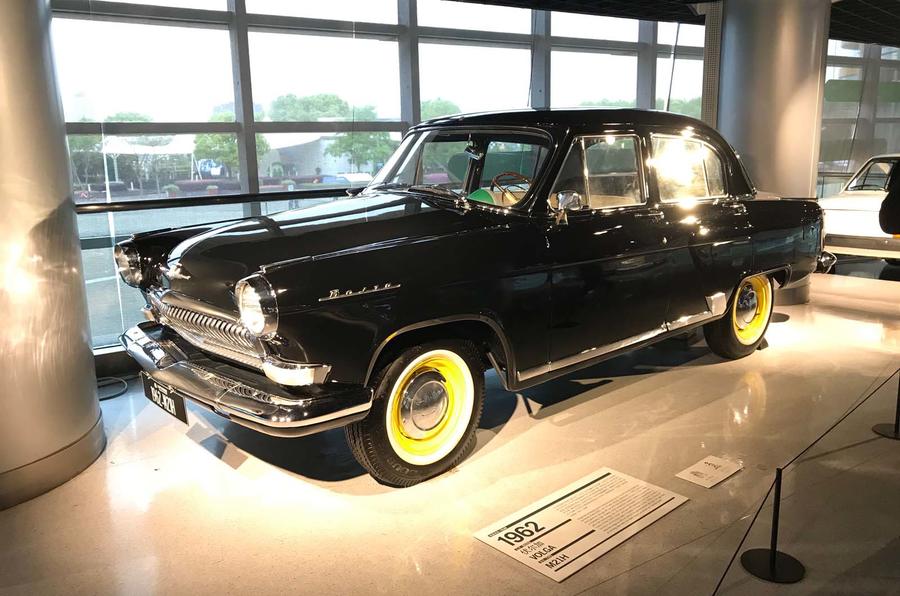
Produced by the Soviet Union’s GAZ firm, the M21H was popular among Chinese officials, particularly because the beefed-up chassis and suspension (to survive Russian winters) made it highly reliable
1996 GM EV-1
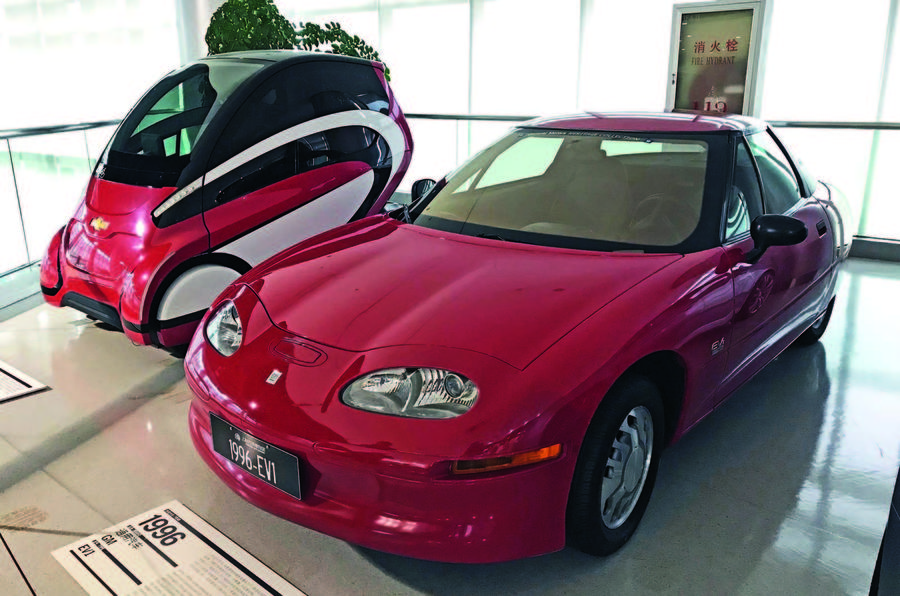
Remember when GM was ahead of the electrification game? Well, this EV1 is proof that it was, with 32 leadacid batteries giving a 90-mile range and a top speed of 90mph. It seems fitting that, as many US firms struggle to catch up on EV tech, one of these is now in a museum in China – the world’s biggest EV market.
1964 Shanghai SH760
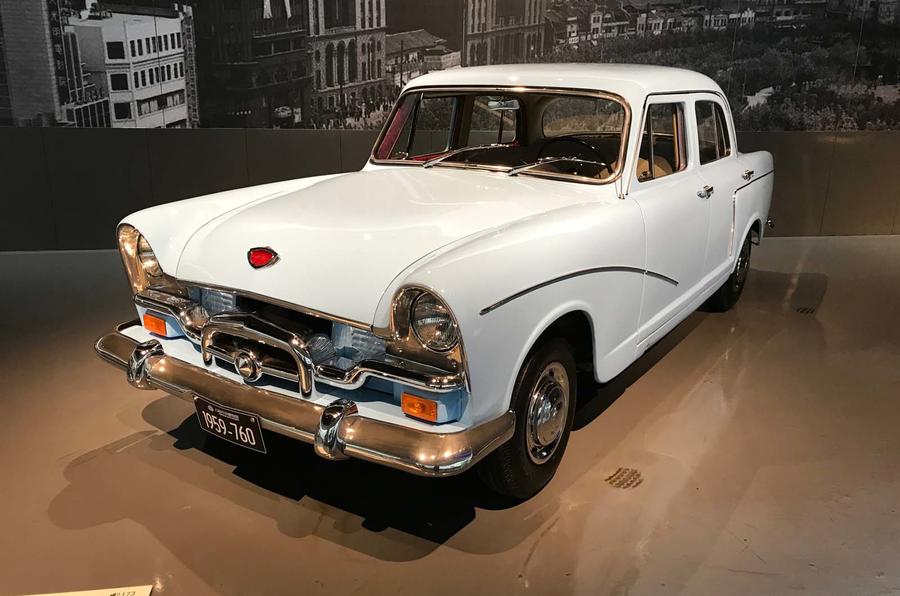
A government official, but not important enough for a Hongqi? This is what you got instead. Shanghai Automobile began producing prototype cars of a vehicle called the Fenghuang (Phoenix) in 1958. It was eventually reworked based on a Mercedes-Benz 220S W180 and named the SH760 when production began in 1964. Initially powered by a 2.2-litre 90bhp straight six, it stayed in production until 1991 and nearly 80,000 were built.
1974 Shanghai SH760A
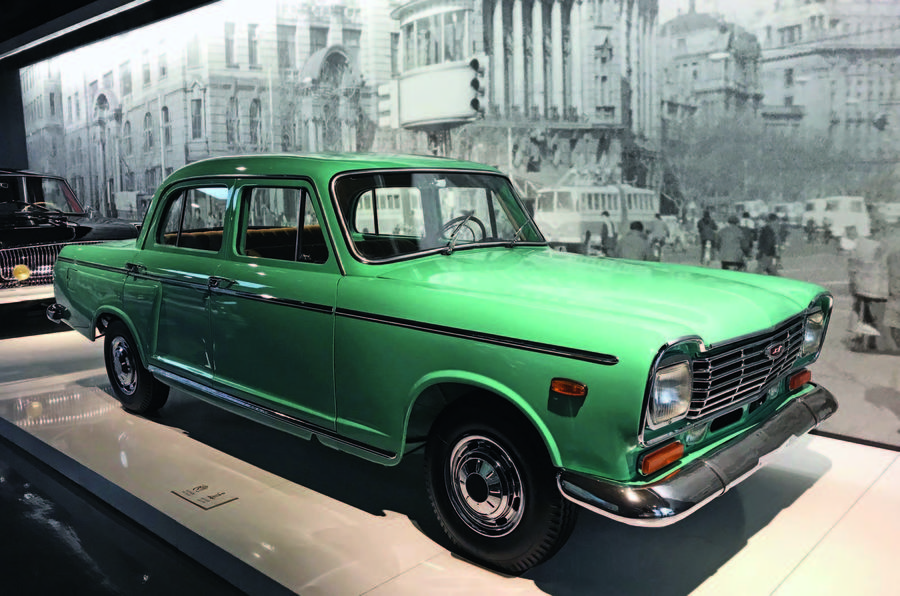
The SH760 received a major makeover in 1974, with new front and rear ends. But the main chassis was still straight from a 1950s Merc and the 2.2-litre engine remained unchanged.
2012 Chevrolet E-NV 2.0
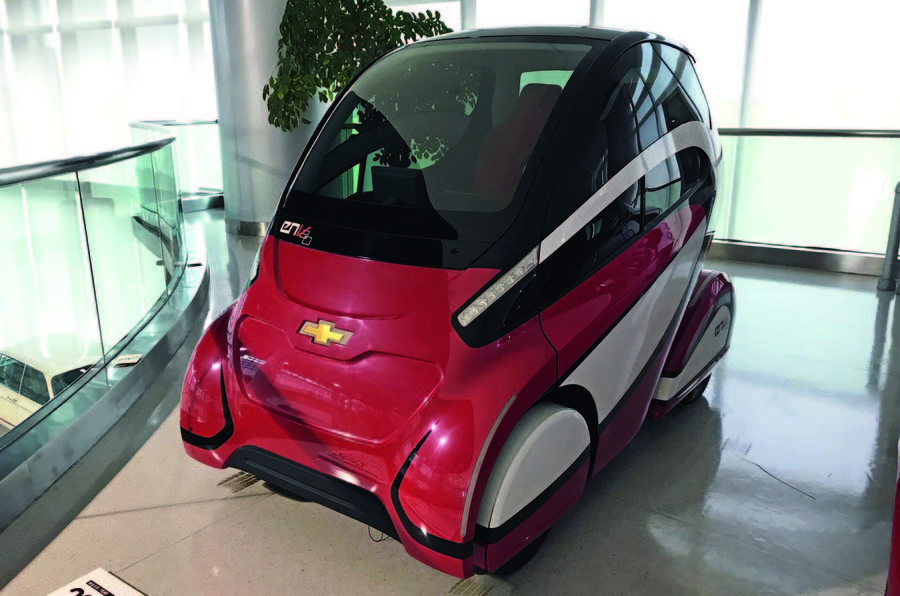
The second Electric Networked-Vehicle concept produced by GM China. A fleet of 16 was used for a mobility pilot programme on the campus of Shanghai Jiao Tong University from 2015 to 2017.
1959 Hongqi CA72
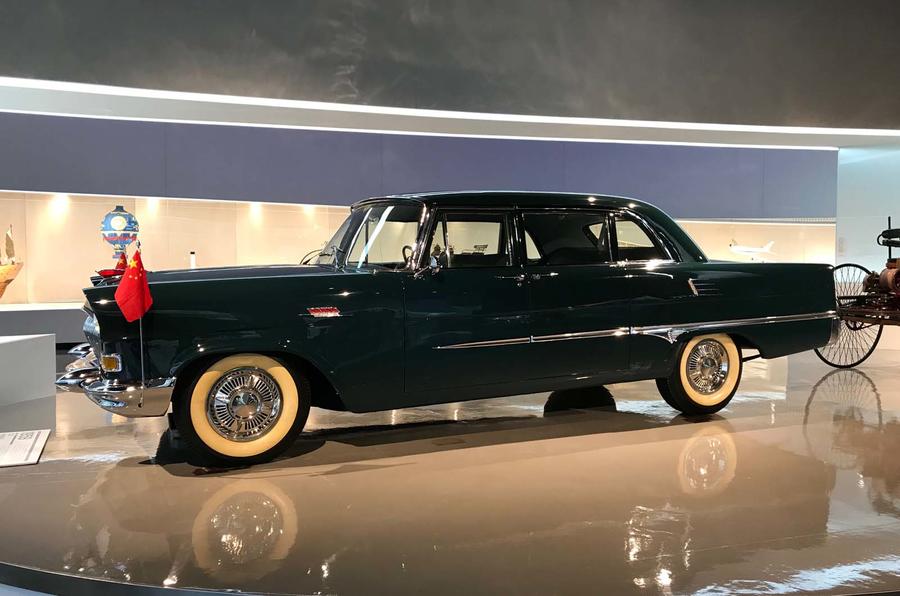
Work began on the First Automobile Works (now FAW) factory in Changchun in 1953, and three years later, it began producing Soviet-derived heavy-duty trucks. Two years after that, work started on the Hongqi CA72, a luxury car for the Communist Party elite. The CA72’s design was based on a 1955 Chrysler, but it did feature a number of Chinese touches, including a front grille designed to resemble a folding fan. The museum displays several CA72s, including one of the original 10 prototypes displayed in Tiananmen Square in 1959.
1970 Shanghai Convertible
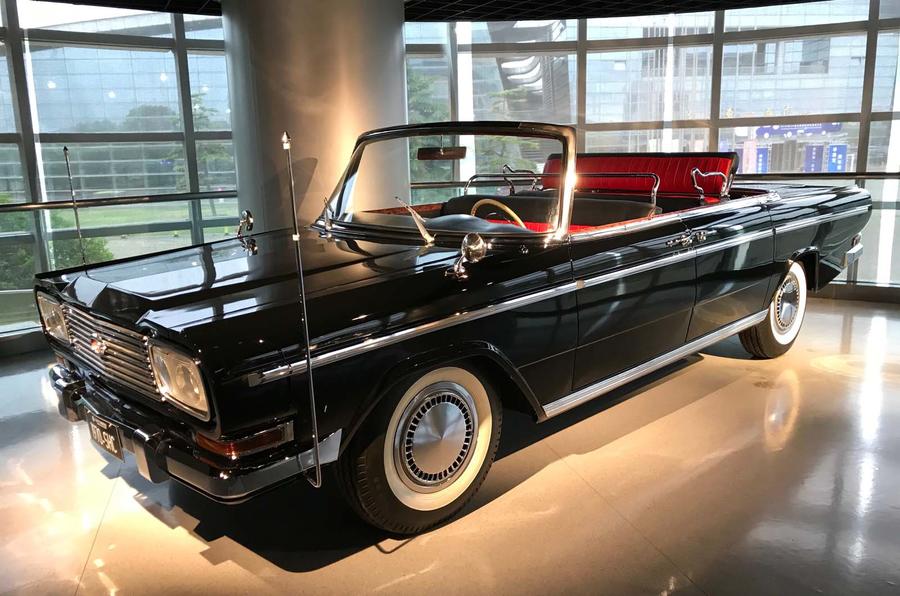
It’s possible Chinese officials liked to feel the wind in their hair as they drove – although this convertible was actually designed to parade visiting foreign dignitaries.
1934 Packard Super Eight
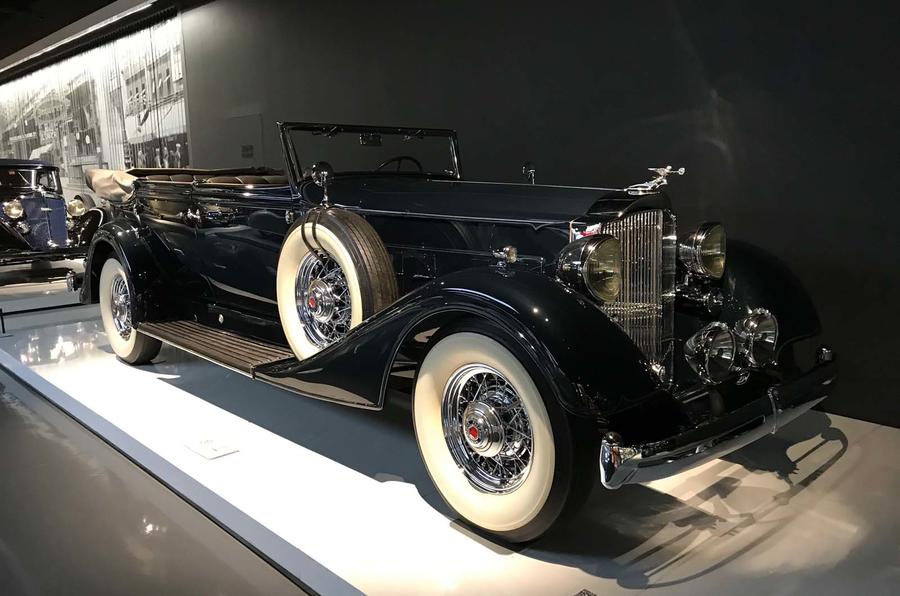
The Detroit firm’s luxury saloon, offered with eightand 12-cylinder engines, was a popular choice of Chinese merchant princes and officials in the 1930s.
Read more
Groundbreakers: the cars that did it first
History of the Chinese copycat car: picture gallery
Shanghai motor show 2019: best of the Chinese cars
Source: Autocar
